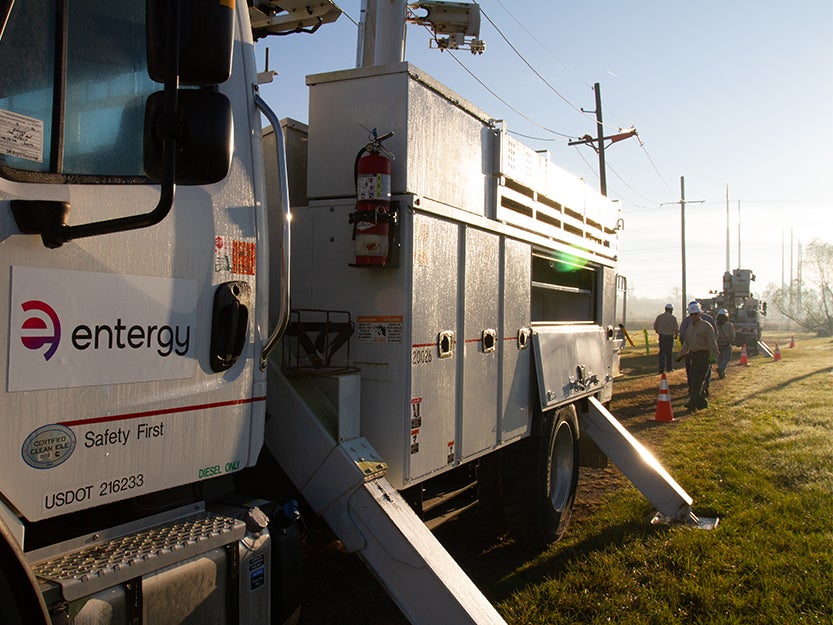Effort made to limit damage to La. coast
Published 10:30 am Monday, August 4, 2014
SHARK ISLAND — Shark Island in Iberia Parish is the testing ground for three unusual devices meant to help keep Louisiana shorelines from retreating under the relentless waves eating away at the state’s coast.
If the devices being used in the project prove successful over the three-year testing phase, they could give state and federal coastal-restoration agencies new tools to protect areas where traditional rock structures aren’t suitable.
The story of these experimental techniques started when engineers working to restore coastal areas under the Coastal Wetlands Planning, Protection and Restoration Act found they didn’t have any tried-and-true materials other than rock to help keep shorelines in place in areas like a seven-mile stretch of shoreline in St. Mary Parish.
On that part of the coast, the soil is soft, and there are pipelines and other underground utilities. The result is that rocks are not suitable.
Tommy McGinnis, a coastal resource scientist with the state Coastal Protection and Restoration Authority, said soft soils are a common problem around the state for restoration projects.
Artificial oyster reefs are being tested in areas around the coast, but they haven’t been in place long enough to determine their effectiveness.
“So we started looking at alternatives,” said Loland Broussard, a civil engineer with the U.S. Department of Agriculture’s Natural Resources Conservation Service.
The search for something new began four years ago as the NRCS threw out a wide net asking for possible solutions. The service received 17 formal proposals for projects that later were narrowed down to three and put in place in Iberia Parish.
The $6 million that CWPPRA approved for the project paid for installation and will also pay for monitoring over the three-year life of the project. Officials will watch how the structures knock down wave action and how effective they are in keeping the current shoreline in place.
Each of the test sites covers 500 feet of the shoreline and just a bit off the shore.
One of the options looks like artificial oyster reefs that have been used elsewhere along the coast’s shorelines, but this one is shaped like a pyramid.
The second idea involves attaching a flat panel to pilings in about 4 feet of water to help reduce the wave action on shore.
The third product looks like a freeway buffer used to close off a lane during construction, but it is made of a Styrofoam-filled concrete shell.
NRCS will monitor the shoreline impacts over the three years while CPRA will monitor wave action in front and behind each structure.
—
Information from: The Advocate, http://theadvocate.com





